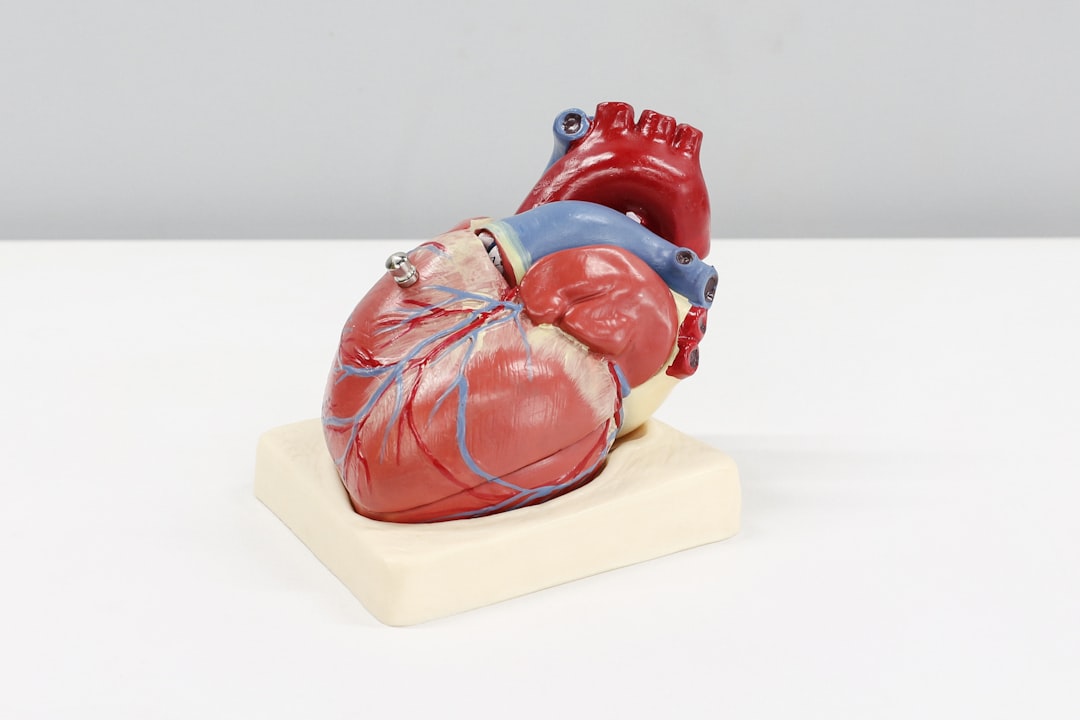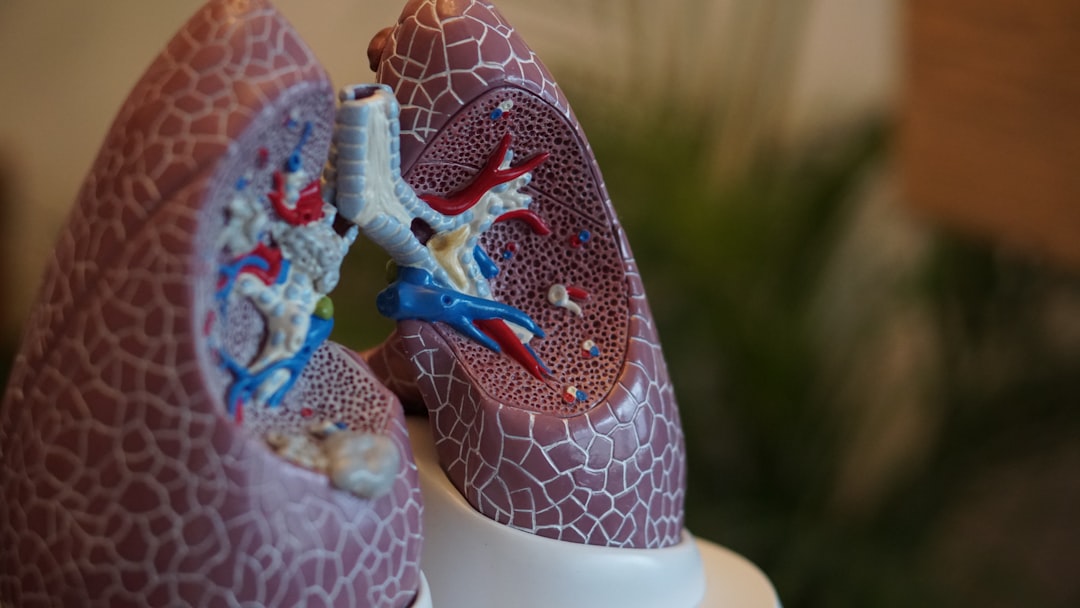What is it about?
This study was conducted to assess the diagnostic performance of two different systems using the shear wave elastography (SWE) for distinguishing the breast lesions. A total of 84 breast lesions were retrospectively analysed by radiologists using SWE on two ultrasound systems. The maximum (E-max), mean (E-mean) and standard deviation (E-sd) of elasticity modulus values in system-1 and system-2 were analyzed. The areas under the receiver operating characteristic curves (AUROCs) were calculated to assess the diagnostic performance between system-1 and system-2.
Featured Image

Photo by National Cancer Institute on Unsplash
Why is it important?
Shear wave elastography (SWE) capabilities are now present in several manufacturers' high-end ultrasound systems. However, because different manufacturers and systems utilize various technologies, it is possible for the same lesion to exhibit various quantitative values of tissue stiffness on various US machines in clinical practice. We are aware of very few studies that have examined whether the SWE-based diagnostic performance of various manufacturers is similar or different.
Perspectives
Our study has several limitations. First, the intra-operator and inter-operator consistency of two systems were not assessed in our study. Second, despite the fact that SWE was acquired by the same experienced operator and SWE was demonstrated to be excellently reproducible, some selection bias is inevitable, such as the ROI placement. Thirdly, this study is a single-center retrospective study with a limited sample size, and the validation of the results in this study need larger prospective studies in the future.
Jifeng Yu
Read the Original
This page is a summary of: Two-dimensional shear wave elastography with two different systems for the diagnosis of breast lesions, Clinical Hemorheology and Microcirculation, September 2022, IOS Press,
DOI: 10.3233/ch-221471.
You can read the full text:
Contributors
The following have contributed to this page










